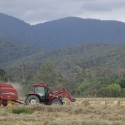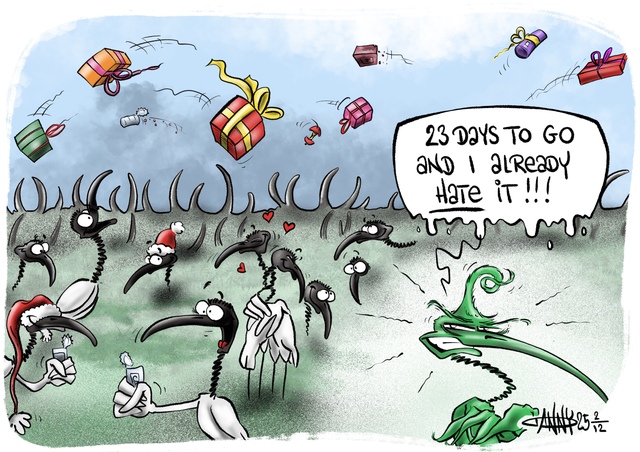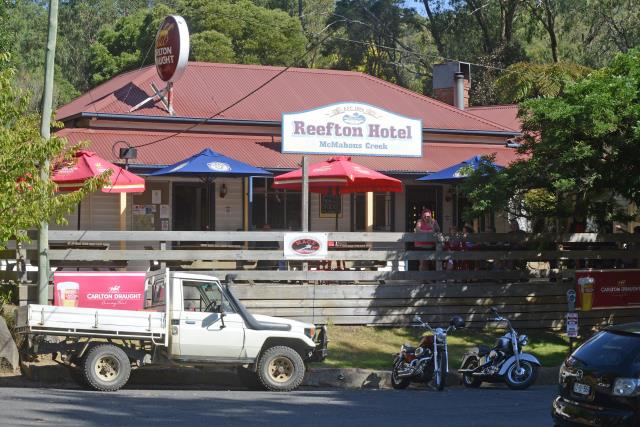By VICTORIA STONE-MEADOWS
THE CFA has issued a warning to farmers to be aware of spontaneous haystack fires after there were an above average number of such fires in 2015.
Hay that is baled before it is fully cured or hay that becomes damp before baling can lead to high internal temperatures and possible combustion.
CFA Operations Manager Stuart Broad has provided some pointers on how farmers can minimise the risk of spontaneous haystack combustion on their farm.
Mr Broad suggests:
– having a number of smaller haystacks rather than one large stack so that if they do ignite loss will be minimised.
– Not building overly large haystacks can reduce the risk of fire as they have a decreased risk of overheating.
– If haystacks are stored undercover it’s crucial to make sure that there is good ventilation and that roofs don’t leak.
– Locating haystacks away from potential sources of external ignition including powerlines, public roads, machinery sheds etc. is a good way of mitigating fire risk.
– Mr Broad suggests not storing hay in machinery sheds as hot machinery can start fires.
– While it is important to monitor internal temperature of the haystack, don’t rely on a temperature probe as your only source of information. Get to know your haystack, watch for steam rising from stacks, mould, and unusual smells and slumping.
– Create a firebreak around the stacks so any ignition of the stack does not lead to further damage.
If the internal temperature of a haystack does reach dangerous levels, Mr Broad recommends notifying your local CFA before you pull the bale apart to cool as hot bales exposed to air can rapidly ignite.
Further information on haystack management and farm fire safety can be obtained from the CFA publications downloaded from the CFA website www.cfa.vic.gov.au.







